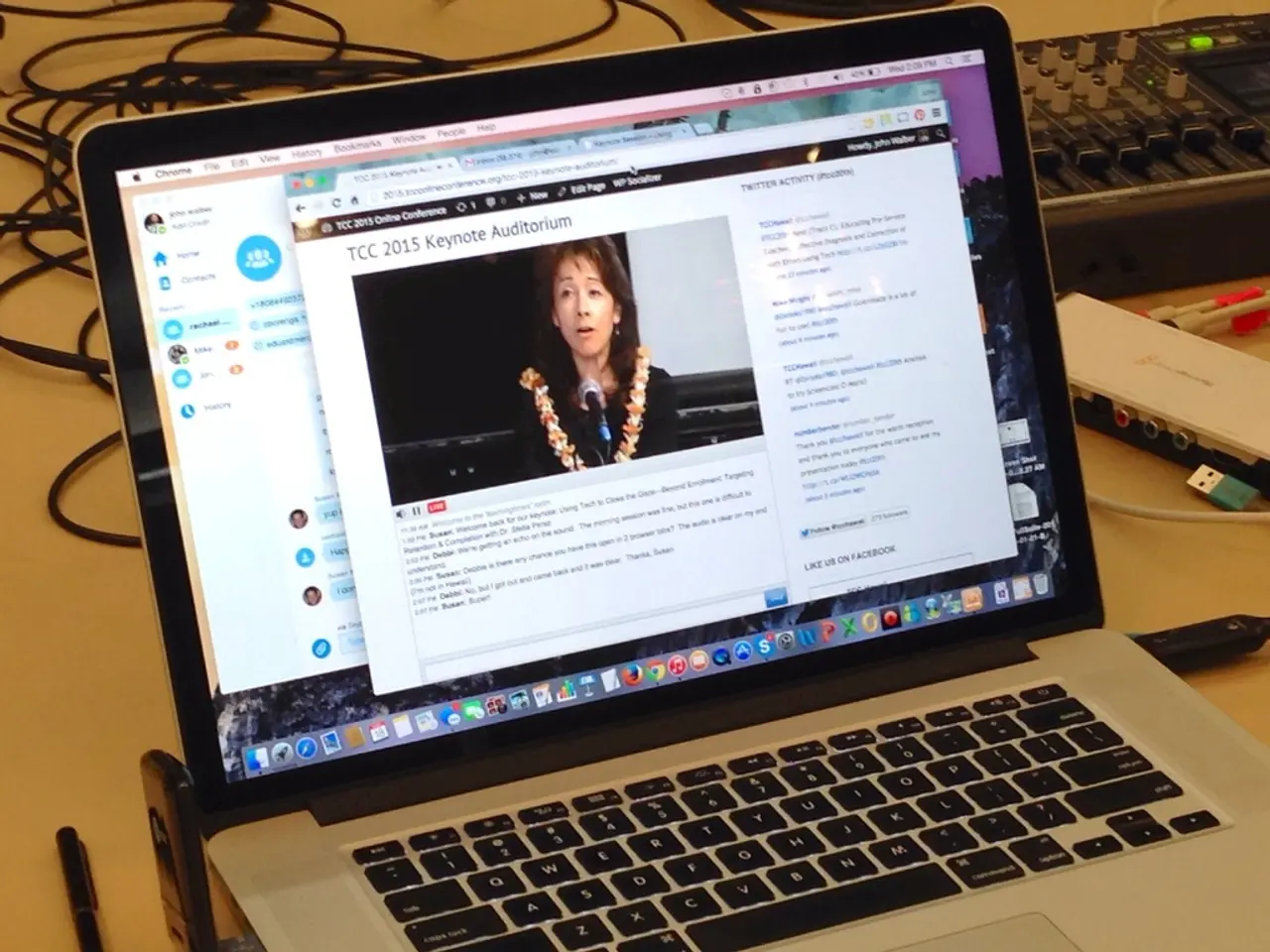AI's advantage in artistry hinges upon a solid foundation in software, structure, and system
In the ever-evolving world of craft businesses, digitalization and Artificial Intelligence (AI) are disrupting established routines, offering a multitude of benefits. Digital processes enable flexible response to customer wishes and improved internal and external communication. Future-proofing operations with digitalization and AI alleviates daily tasks, preparing businesses for the future.
However, it's crucial to approach AI implementation thoughtfully. If responsibilities are lacking and processes are not documented, even the best AI is of no use - it only creates new sources of error. Employees gain clarity, work more efficiently with fewer errors and less stress with digitalization and AI. But, rushing to implement AI solutions without creating clear structures or standards can result in chaos instead of progress.
To prepare craft businesses for meaningful AI implementation, start by identifying the specific business problems that AI can solve with measurable impact. Ensure sufficient quality data availability and clear goals or Key Performance Indicators (KPIs). Assess your existing business processes, infrastructure, and internal capabilities to determine readiness for AI integration.
For software solutions facilitating entry, craft businesses can use AI platforms and tools that align with their scale and needs. Popular choices include AI-powered ERP systems or add-ons, AI development platforms, low-code AI platforms, and Robotic Process Automation (RPA) tools enhanced with AI.
The process includes defining precise use cases, selecting appropriate technologies that integrate easily with existing systems, starting with small proof-of-concepts to validate value and Return on Investment (ROI), and building capabilities internally or with external support for ongoing AI management.
It's recommended to define individual requirements and common scenarios for AI implementation, such as regular emails, receipts, or customer requests. Businesses should avoid viewing AI as a panacea and neglecting individual process design. Suitable software should be selected that supports existing organizational structures, not the other way around.
A structured approach and an honest assessment of one's own weaknesses are the basis for successful and sustainable digitalization and for the meaningful use of AI. Digitalizing haphazardly can be costly due to faulty or incomplete internal information, duplicate work, and increasing effort for corrections. Lack of a clean analysis of existing work processes or a solid data basis can be a cause of problems with AI implementation.
Matthias Niehaus, the founder and CEO of Matthias Niehaus GmbH, specializes in practical digitalization solutions for craft businesses. He offers functional systems that relieve businesses, promote growth, and create freedom, supporting craftsmen in becoming real entrepreneurs. For more information, visit: matthias-niehaus.de.
Well-organized businesses benefit from efficiency gains with AI, while others fall behind - with increasing costs, dissatisfied employees, and the risk of losing orders. In the future, 3D visualizations, smart planning tools, and digital customer interfaces will be standard, fostering a modern work environment and strong competitive position. Early investing businesses reap double benefits: faster content creation, innovative services, and increased conversion rates.
[1] AI in Manufacturing: A Practical Guide for Craft Businesses [2] Top AI Tools for Craft Businesses [3] Planning for AI Implementation in Craft Businesses [4] Beginner's Guide to AI Implementation in Craft Businesses
- Given the challenges of implementing AI in craft businesses, it's essential to focus on using AI to solve specific business problems with measurable impact, establish clear structures and standards, and align AI platforms and tools with the business scale and needs.
- A structured approach to AI implementation, as exemplified by Matthias Niehaus, involves identifying use cases, selecting appropriate technology, starting with small proof-of-concepts, building internal capabilities or seeking external support, and ensuring the chosen software supports the existing organizational structure.




